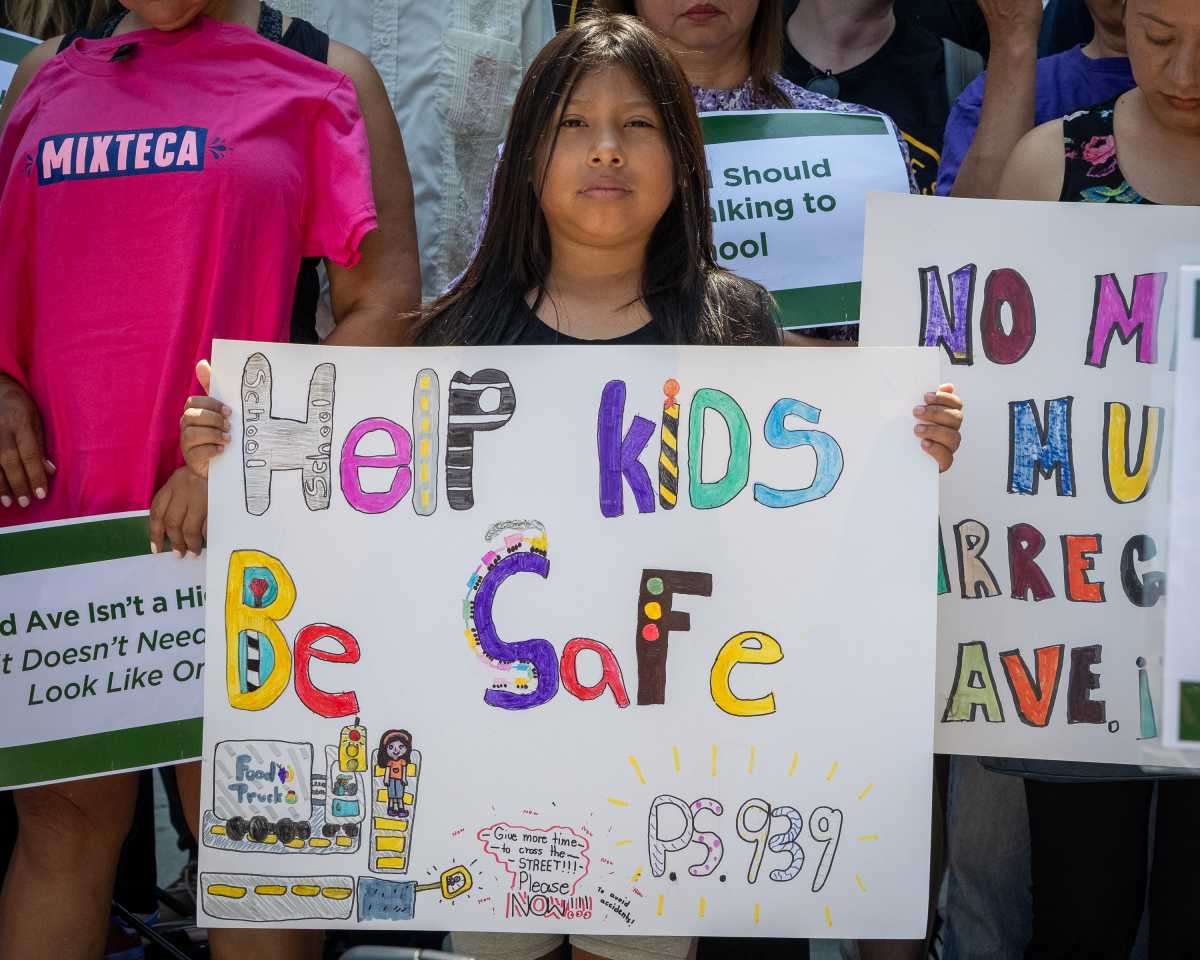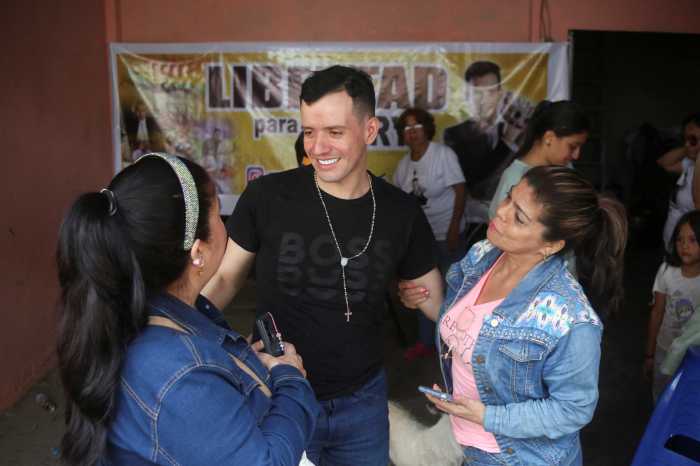If you’ve sensed a funereal undertone running through Broadway this season, you’re not alone.
Whether through gallows humor, existential dread, or afterlife fantasy, the 2024–2025 Broadway season has been unusually preoccupied with death. Not just as a narrative device or dramatic climax, but as a thematic center or ghostly pulse beneath the spectacle. And while the theater has long been a space to confront mortality (“Hamlet,” anyone?), this year’s shows are tapping into something darker and more timely: a collective cultural sense that the end of something is near.
Two of the most talked-about new musicals revolve around corpses. In “Operation Mincemeat,” a farcical British import with a shockingly sincere heart, World War II espionage hinges on a single dead body used to dupe the Nazis and shift the tide of history. It’s a high-energy romp that asks what one life is worth, and whether a dead man can still do his duty.
Meanwhile, “Dead Outlaw” opens by cheerfully reminding its audience that they will eventually die. From there, it tells the true story of Elmer McCurdy, an inept train robber whose mummified corpse bounced from freak show to film set before finally receiving a burial decades after death. But this isn’t just a macabre history lesson. The show frames McCurdy as a mirror to our own discomfort with mortality and a metaphor for what happens when people are reduced to products, even in death.
Death, of course, doesn’t always mean the end. In “Death Becomes Her,” based on the 1992 film, two women literally cheat death in their pursuit of eternal beauty. “The Picture of Dorian Gray,” a high-style solo drama adapted by Kip Williams and starring Sarah Snook in a tour-de-force performance, similarly centers on a man who seeks eternal youth at the expense of his soul, watching his sins accumulate in a portrait while maintaining a flawless façade. And in “Sunset Boulevard,” death bookends the story, as screenwriter Joe Gillis narrates the tale from beyond the grave while Norma Desmond clings to a fantasy of youthful stardom, unable to accept the passage of time.
The theme of mortality has also surfaced in both revivals and original works. The revival of “Our Town,” Thornton Wilder’s elegiac masterpiece and arguably the most eloquent meditation on mortality in American drama, which received a limited run earlier in the season, reminded us how fleeting life is and how rarely we stop to appreciate it. In the musical “Floyd Collins,” the titular character is trapped in a cave, slowly dying as the world looks on. His final reveries imagine a soaring, spiritual release and a death that transcends tragedy.
“Maybe Happy Ending,” a tender, quietly devastating new musical, introduces two obsolete helper robots who reckon with their fading battery life, discovering connection and meaning as they approach their final shutdown. In the new musical “Redwood,” which just concluded its run, Idina Menzel played a grieving mother who retreats into nature following the sudden death of her son. “Swept Away,” the roots-rock musical by the Avett Brothers that closed early, was set aboard a whaling ship destined for disaster.
Adding another dimension to this season’s fascination with death is “Good Night, and Good Luck,” the stage adaptation of the 2005 George Clooney film, which dramatizes Edward R. Murrow’s televised stand against Senator Joseph McCarthy. While the play is not literally about death, it is a potent metaphor for the slow, creeping demise of American journalism and institutional integrity. In an age of media disinformation, collapsing newsrooms, and political intimidation, the production plays like a requiem for truth and a warning about what may soon be lost if no one speaks up.
Even the revival of “Glengarry Glen Ross” fits the pattern. David Mamet’s ferocious drama about cutthroat salesmen shows men clinging to professional survival as their relevance fades. They face the metaphorical death of obsolescence and are forced into increasingly unethical behavior to postpone their inevitable replacement.
And in “Smash,” the musical adaptation of the TV series that made its long-awaited debut this season, the central narrative revolves around the making of a Broadway musical about Marilyn Monroe, whose tragic death continues to cast a long shadow.
So what’s behind Broadway’s death obsession? Part of it may be post-pandemic trauma still working its way through the culture. But there’s also a wider and growing sense of uncertainty and fragility. Climate collapse feels imminent. Fundamental American institutions seem to be under siege. And now, artificial intelligence seems to threaten our livelihoods.
These shows aren’t just indulging in morbidity. They’re grappling with what it means to live meaningfully in the shadow of decay. Theater has always been a medium obsessed with time: its ephemerality, its immediacy, its finality. This season, Broadway isn’t just acknowledging death. It’s dancing with it.
Looking ahead to next season, that existential strain seems poised to continue with a starry Broadway revival of “Waiting for Godot,” Samuel Beckett’s landmark drama about futility, stasis, and spiritual unease. And yet, in an act of counterprogramming, Broadway will also welcome the return of “Mamma Mia!,” a sunny, escapist jukebox musical fueled by ABBA hits and Greek-island fantasy. Whether we’re confronting the void or fleeing it, the impulse to respond to mortality by laughing, crying, or dancing in platform boots remains one of theater’s most enduring truths.





































